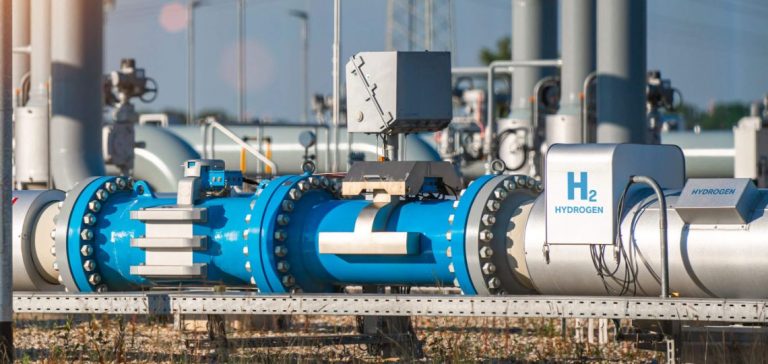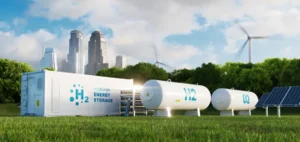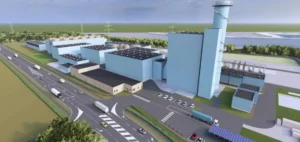Matrix Gas & Renewables, a subsidiary of Gensol Group, is preparing for an Initial Public Offering (IPO) aimed at raising between ₹10 billion and ₹12 billion ($119 to $143 million). This funding is intended to support the company’s expansion into green hydrogen and gas infrastructure. The initiative comes at a time when India’s IPO market is experiencing a surge, with 250 companies having already raised over $9 billion by September 2024, surpassing the amounts raised in 2023.
Key Strategic Projects
Matrix is heavily focused on developing large-scale green hydrogen projects, with a goal to achieve 1,000 MW of green hydrogen production over the next three years. This initiative aligns with India’s broader strategy to increase renewable energy share and meet decarbonization targets. The company has already established a significant presence by partnering with Gensol Engineering to develop India’s first Green Hydrogen Valley in Pune, Maharashtra.
The Pune project, built on a Build-Own-Operate (BOO) model, will produce green hydrogen through electrolysis and supply it to the specialty chemicals sector under a 20-year offtake agreement. This facility, supported by the National Chemicals Laboratories (NCL) in Pune, represents a crucial milestone in India’s green hydrogen ambitions.
Pre-IPO Funding and Capital Allocation
Prior to the IPO, Matrix raised ₹350 crore ($42 million) through a pre-IPO round from key investors, including Gunavanth Vaid (4GCapital Venture), Sarda Group, and Blue Lotus Fund. This funding is intended to accelerate the company’s growth in gas aggregation, acquisition of city gas distribution assets, and establishing a hydrogen electrolyzer manufacturing plant. The electrolyzer plant, set up in collaboration with Gensol, will be crucial for scaling production capacity and lowering the costs of green hydrogen.
Financial Viability and Market Positioning
Matrix Gas & Renewables has adopted a balanced capital structure for its projects, planning to fund its expansion with 70% debt and 30% equity, ensuring financial stability while maintaining control over equity dilution. The upcoming IPO will strengthen its ability to finance the ₹35 billion ($420 million) capital expenditure needed to develop its renewable portfolio.
Investor Sentiment and Market Dynamics
Matrix’s IPO comes at a time when the Indian renewable energy sector is attracting strong interest from both institutional and retail investors. The rapid growth of the sector, driven by supportive government policies such as the National Green Hydrogen Mission, positions Matrix favorably for its public listing. The focus on green hydrogen aligns with global trends towards decarbonization, making Matrix a compelling investment in India’s evolving energy landscape.
Strategic Outlook
Matrix’s approach includes integrating its expertise in gas aggregation and hydrogen production with innovative renewable solutions. The company is not only investing in infrastructure but also expanding its technological capabilities in areas like green steel and green ammonia production, aiming to become a leader in India’s low-carbon industrial transition.






















